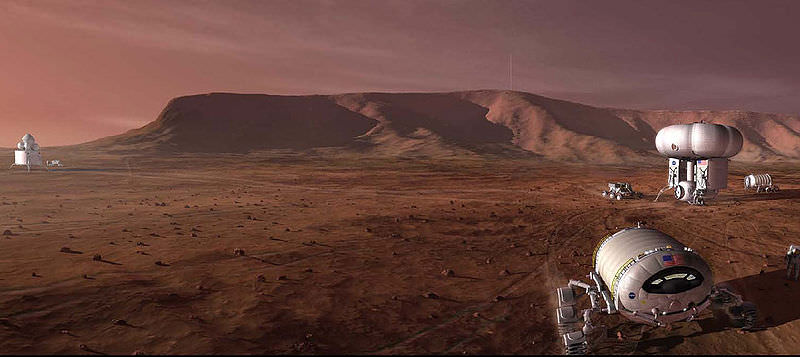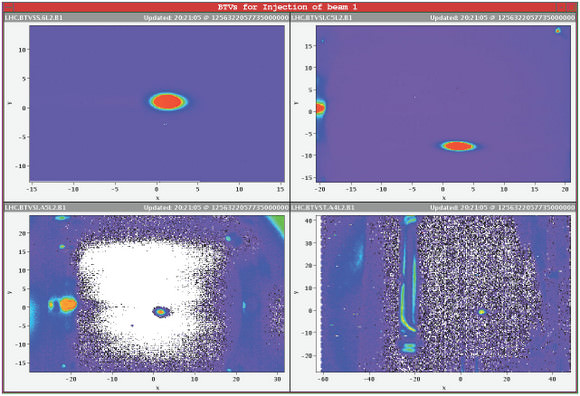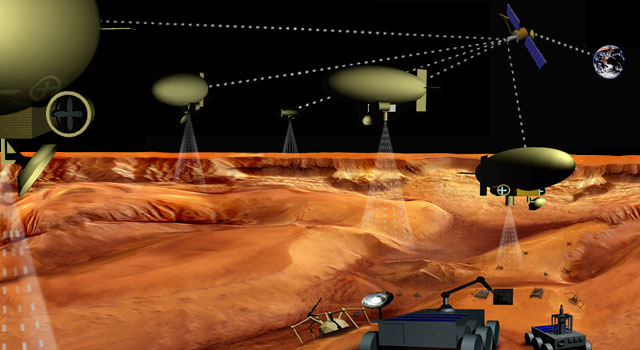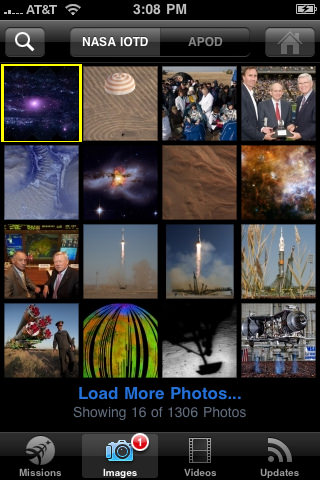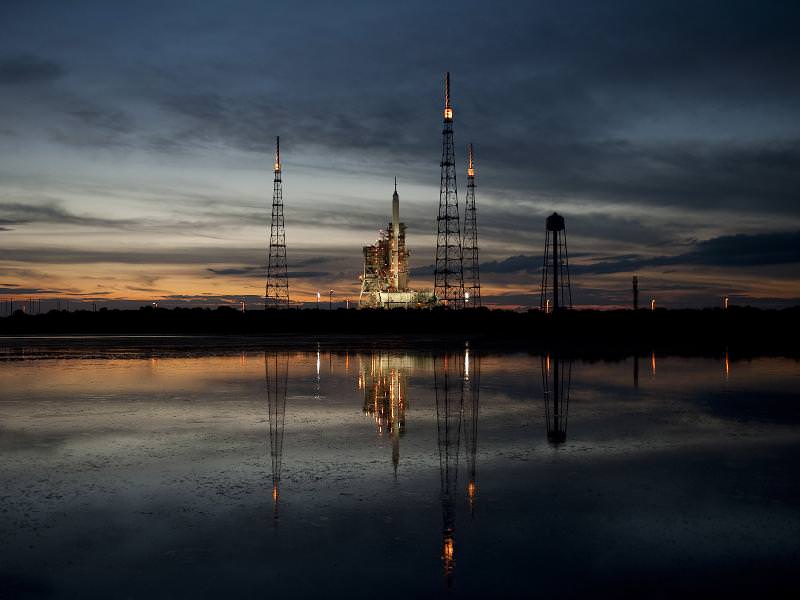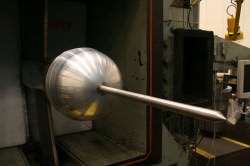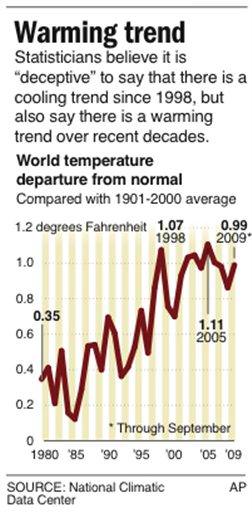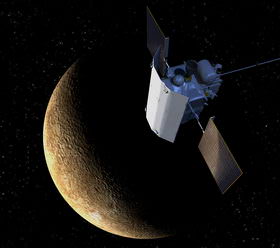[/caption]
Need to get away from it all? If you have a background in medicine, computers or engineering and can speak a little Russian and English, this might be just what you are looking for. The European Space Agency and the Russian Institute of Medical and Biological Problems are still looking for volunteers to participate in a 520-day simulation of an expedition to Mars. The institute announced last week the opening of registration, but haven’t yet gotten enough applicants. The nearly two-year experiment will simulate all aspects of a journey to the Red Planet, with a 250-day outward trip, a 30-day stay on its surface, and a 240-day return flight.
Basic requirements: age 25-50, higher education, knowledge of the Russian and English languages ensuring professional and household communication, and a citizen of Russia or ESA member countries.
This full-up simulation follows an earlier 14-day experiment in November 2007, and a 105-day simulation of a mission to Mars this year that ended in July. That mission involved four Russians and two members of the European Space Agency, who spent over three months hunkered down together in a lab that simulated life on board a spaceship.

But now comes the real test. The mission is slated to begin mid-2010 and the participants will live and work in a sealed facility in Moscow, Russia, to investigate the psychological and medical aspects of a long-duration space mission, focusing on the effect that isolation has on the human subjects. Similar to reality TV, the six participants will be filmed throughout their stay.
Scientists will also test various life-support, communications and scientific equipment.
The crew will grow their own vegetables in a special lab, sleep in capsule-sized rooms and will only leave the facility during their 30-day trip to Mars “surface.” They will stick to a rigid daily regime of work, rest and exercise, and follow the same diet as crews aboard the International Space Station.
The participants will be paid, although the amount isn’t specified. For the 105-day mission, each participant was paid 15,500 Euros ($20,000).
For more information or to sign up go to this website from ESA.
Sources: RiaNovosti, ESA, Russian Institute of Biological and Medical Problems

